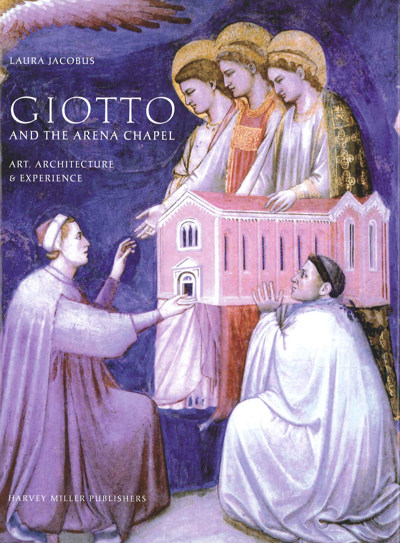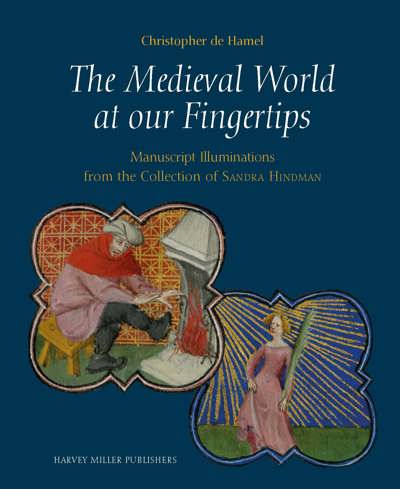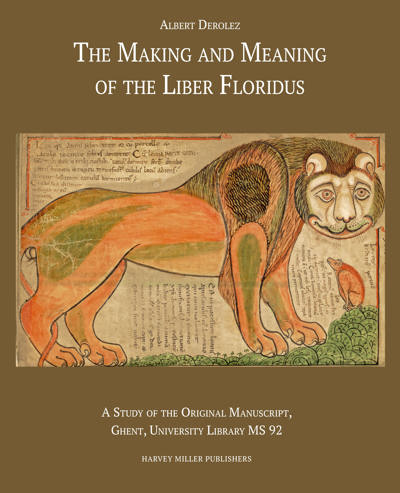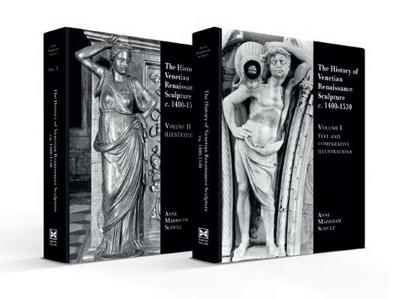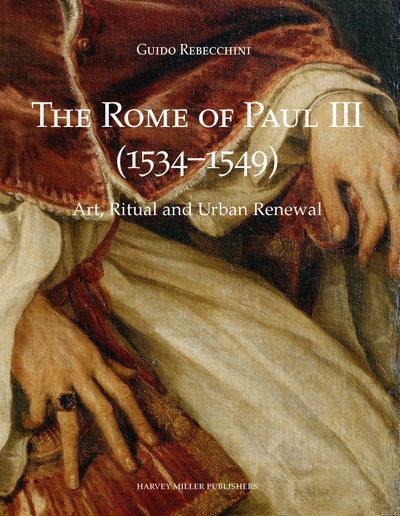
Giotto and the Arena Chapel: Art, Architecture and Experience
Laura Jacobus
- Pages: 447 p.
- Size:220 x 280 mm
- Illustrations:298 b/w, 68 col.
- Language(s):English
- Publication Year:2008
- € 135,00 EXCL. VAT RETAIL PRICE
- ISBN: 978-1-905375-12-7
- Hardback
- Out of Print
"... (the author's) idea of the design of the Arena Chapel as an "holistic" enterprise, overseen by Giotto, a great conductor marshalling spiritual, moral, social and visionary themes into one overwhelming harmonic experience, is lucidly argued, profound and exhilarating." (Lynn Roberts, in: The Tablet, April 2009)
"Jacobus's book in particular will require significant consideration and some response." (J. Osborne in The Burlington Magazine, CLI, October 2009, p. 697-699)
"Such a brief review cannot fully do justice to all the insights of this great work of scholarship by an author so deeply inward with her subject. Nobody will ever be able to write again about the Arena Chapel without taking her work into account. Beautifully produced and illustrated, the text is also a model of clarity making it accessible to a wide audience ..." (Jules Lubbock, in: Art and Christianity, vol. 63, Autumn 2010, p. 14)
"Voici un bel ouvrage né d'une enquête et d'une conception originales." (L. Hadermann-Misguich, dans: Revue Belge d'Archéologie et d'Histoire de l'Art, n° 79, 2010, p. 99-102)
This book is divided into two parts, the first presenting new evidence and reconstructions of the chapel's design and early history; the second offering new interpretations of Giotto's frescoes. Appendices present original sources, all of which are newly-discovered, unpublished or previously published in inaccessible editions. An outline of the early history of the Scrovegni family and the career of the chapel's patron, Enrico Scrovegni, introduces the first part of the book. It is argued that the chapel's varied functions played an important part in determining the form of the building and the content of its frescoes. A complete reconstruction of the appearance of the Arena Chapel at the time of its consecration in 1305 forms the basis for an entirely new understanding of Giotto's frescoes. Giotto was the architect of the Arena Chapel, architecture and decoration were completely integrated in his design. Changes in the design brief during the period 1300-1305 prevented the full realization of his design. Some of the paintings now seen in the Arena Chapel, which have always been attributed to Giotto, are not in fact by him. Several independent masters worked under Giotto’s direction. He headed a flexibly-organized workshop.
Part II is introduced by a discussion of the frescoes that would be encountered by visitors to the Arena Chapel. These frescoes were deliberately placed in these positions by Giotto in order to further a process of luminal transformation upon entry into sacred space. Giotto employed radically new compositional devices to evoke correspondences between the pictured protagonists in their fictive environments, and viewers in the real environment of the chapel.
Dr. Laura Jacobus' research interests cover various aspects of Italian visual culture during the period c.1250-1450. She teaches at Birkbeck University of London.
